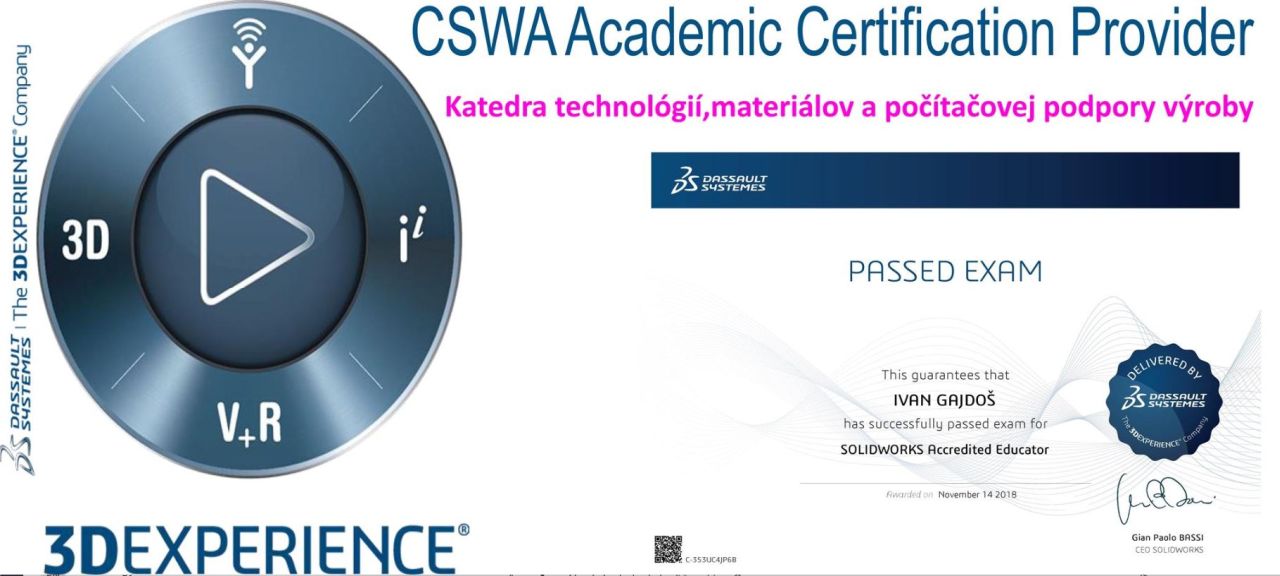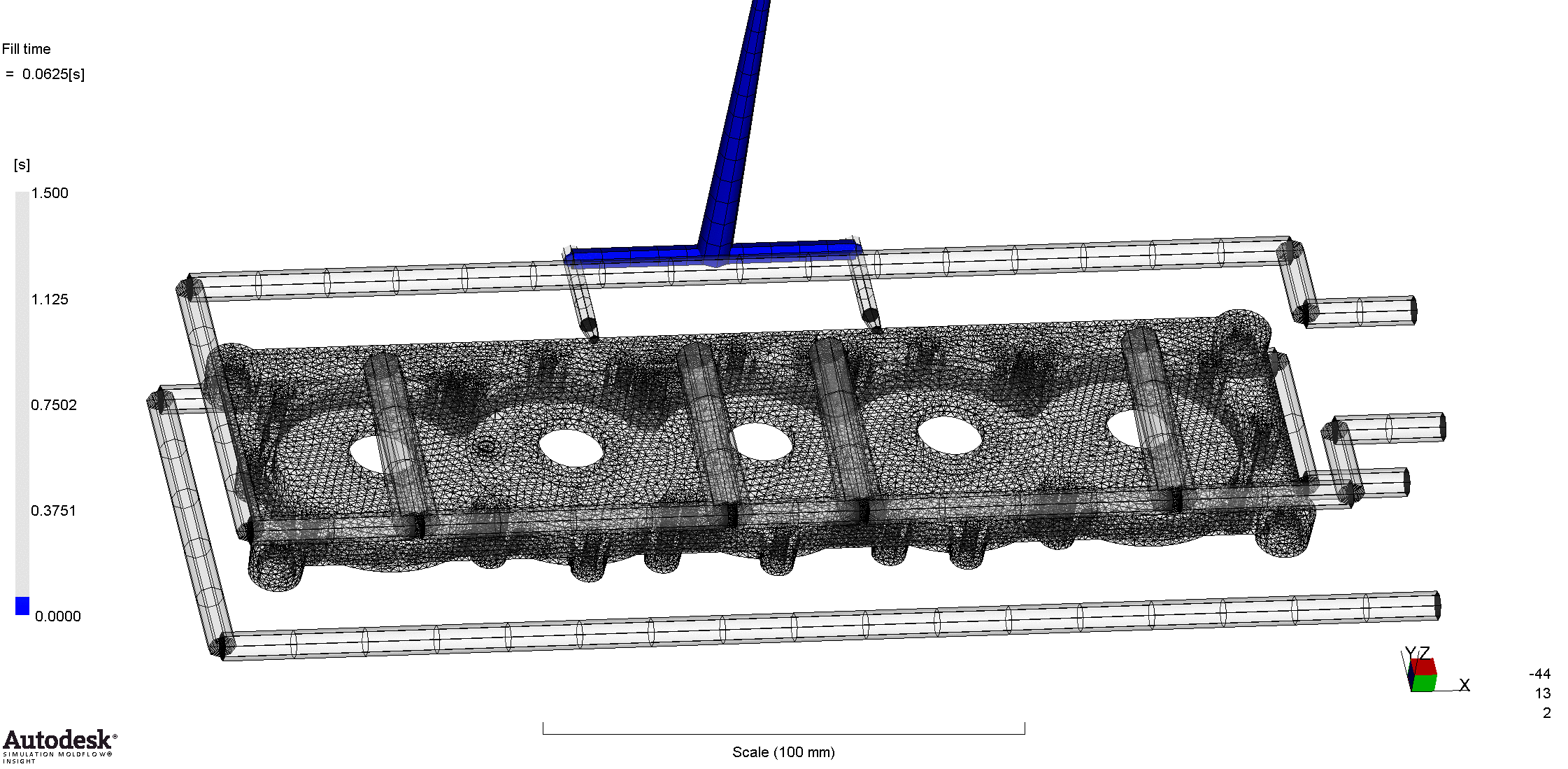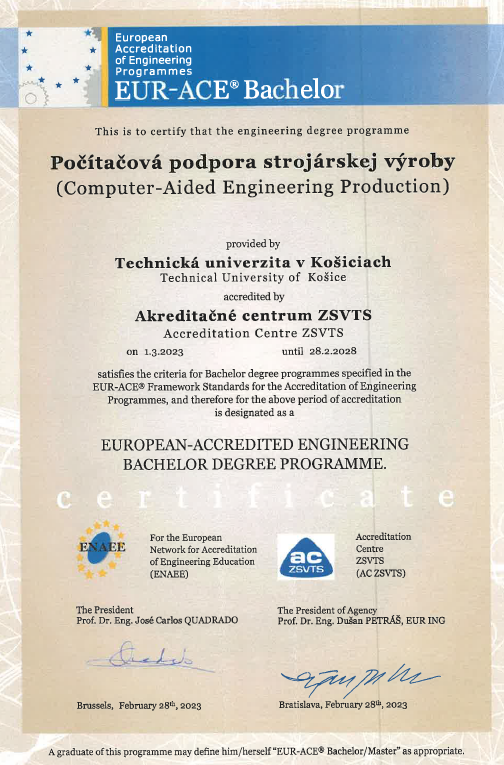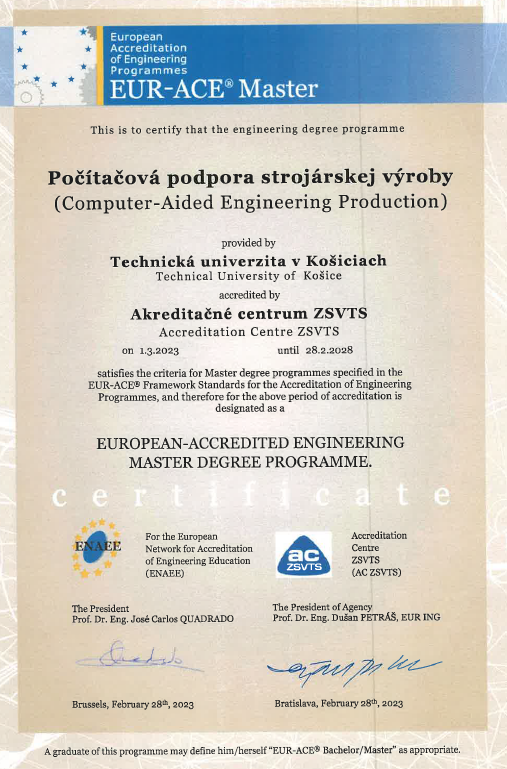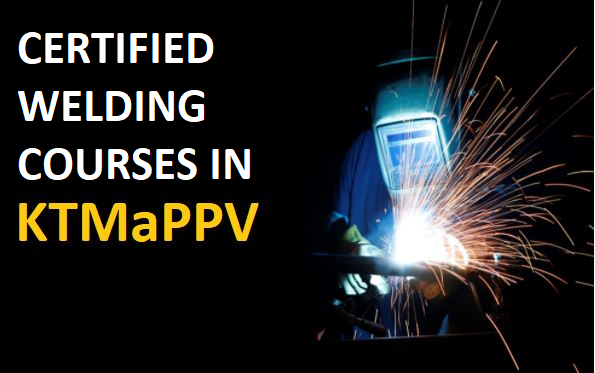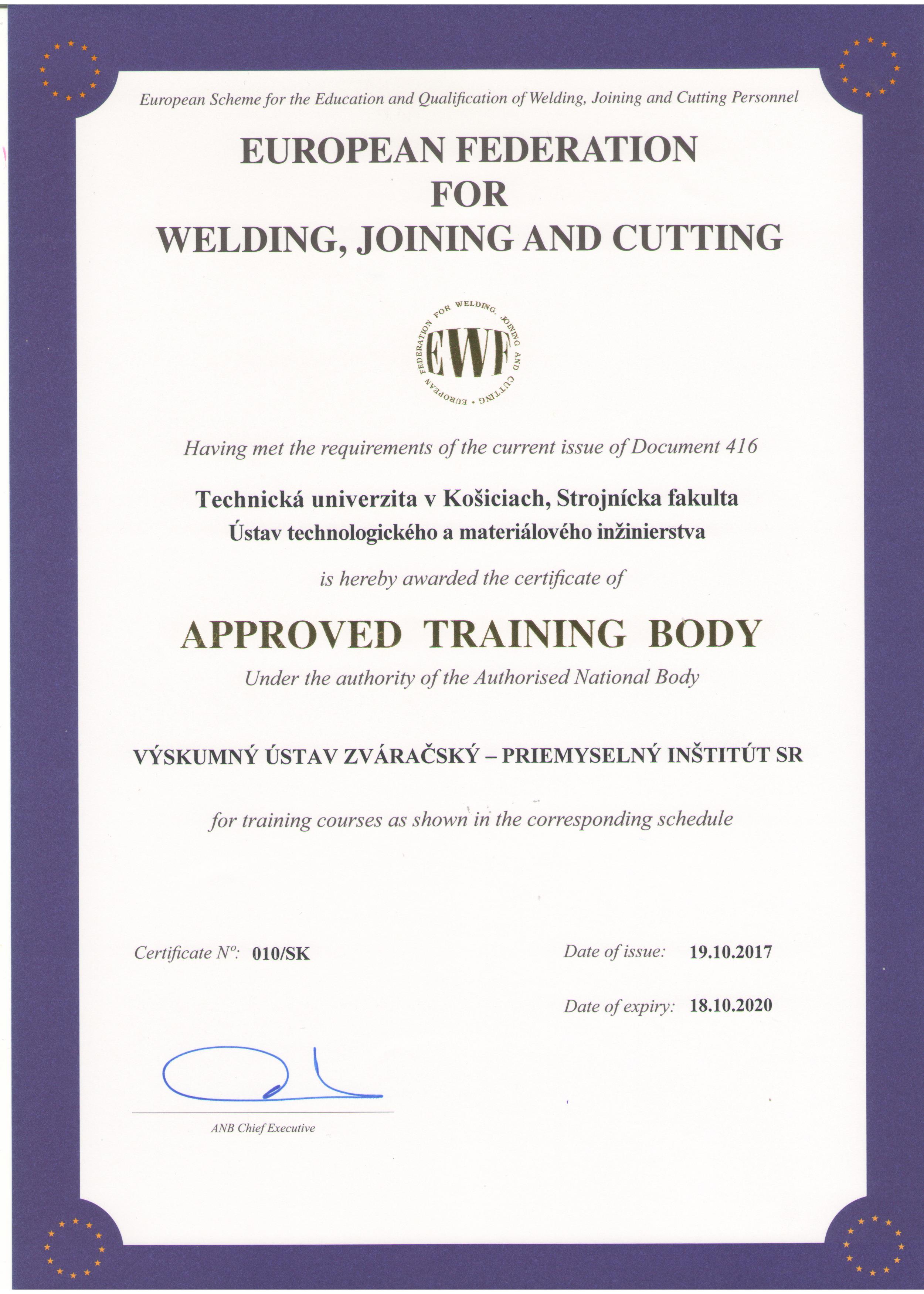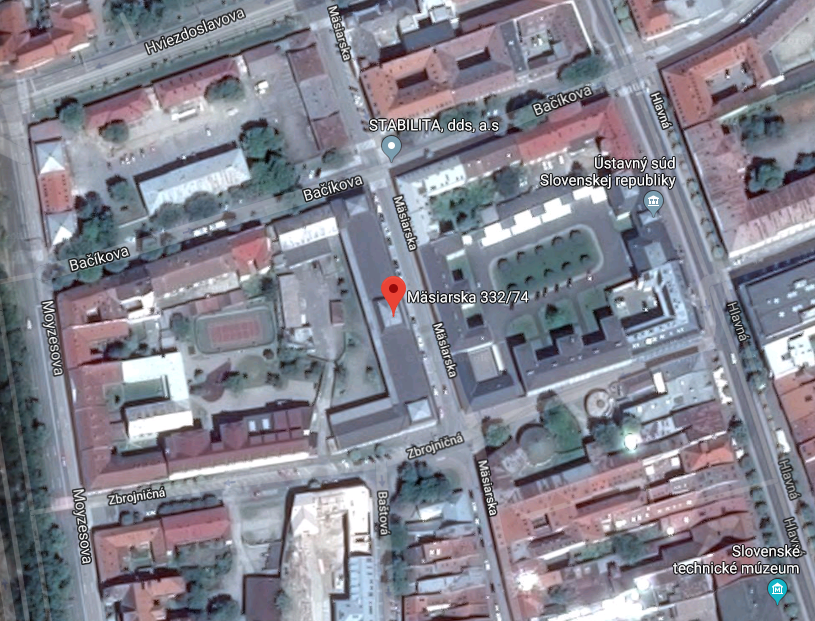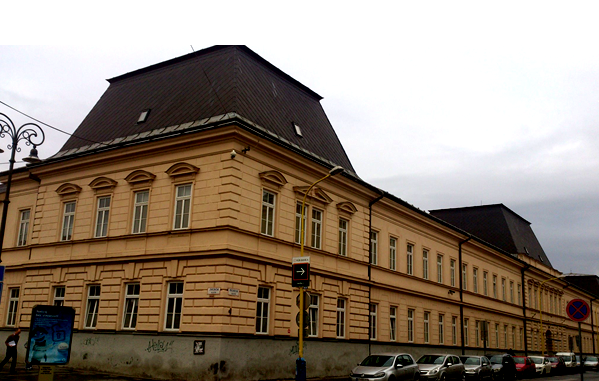Zváranie plameňom
Plameňové zváranie (metódou 311) je tavné zváranie, pri ktorom je zdrojom tepla pre roztavenie zváraného a prídavného materiálu plameň, v ktorom horí zmes horľavého plynu s plynom podporujúcim horenie.
Plyny používané pre zváranie
- horľavé plyny
- horenie podporujúce plyny
Horľavé plyny sú plyny, ktoré horia za prítomnosti vzduchu alebo kyslíka. Okrem vodíka a oxidu uhoľnatého sú horľavými plynmi uhľovodíky, z ktorých najznámejšie sú prezentované v tabuľke 4.1.
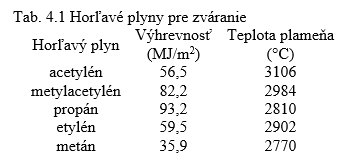
Acetylén (C2H2) je plynný horľavý uhľovodík charakteristického zápachu. Je bezfarebný, nejedovatý plyn, ľahší ako vzduch. V praxi najpoužívanejší plyn pre zváranie, z dôvodu najvyššej teploty plameňa. S kyslíkom a so vzduchom tvorí výbušnú zmes v širokom rozmedzí koncentrácie. Jeho teplota vzplanutia je 305°C. Vyrába sa rozkladom z karbidu vápnika pôsobením vody vo vyvíjačoch. Molekula acetylénu je málo stabilná. Pri požiari alebo tlakovom ráze sa rozloží na uhlík a vodík. Rast objemu pri rozklade vedie k explozívnej reakcii s možnými ničivými následkami.
Dodáva sa rozpustený v acetóne vo fľašiach ako kyslík. Na rozdiel od kyslíka fľaše nie sú vo vnútri prázdne, ale ich vypĺňa porézna látka, ktorá zastavuje možný rozklad acetylénu. Do 40l fľaše sa dodáva 18kg acetónu alebo dimetylformamid, ktoré slúžia ako rozpúšťadlo. Fľaše sa plnia na tlak 1,8 MPa. Najväčší pracovný tlak acetylénu môže byť 150 kPa.
Horenie podporujúce plyny sú vzduch a kyslík
Vzduch je zmes dusíka, kyslíka, vzácnych plynov a oxidu uhličitého. Hlavnými zložkami sú dusík (78%) a kyslík (21%). Teplota plameňa zmesi horľavého plynu so vzduchom je na zváranie nedostatočná, ale nachádza široké využitie pri spájkovaní a ohrevoch materiálov.
Kyslík O2 je bezfarebný plyn bez chuti a zápachu, nejedovatý, podporujúci horenie. Vyrába sa delením skvapalneného vzduchu pomocou nízkoteplotnej rektifikácie a elektrolýzou vody. Kyslík sa skvapalňuje pri teplote -183 °C. Pevné skupenstvo nadobúda pri –218,9 °C.
Najdôležitejšia vlastnosť kyslíka je jeho reaktivita. Existuje len málo prvkov, s ktorými sa kyslík neviaže. Oxidačné a spaľovacie procesy prebiehajú v kyslíkom obohatenom prostredí podstatne rýchlejšie ako vo vzduchu. Pre silné oxidačné účinky nesmie prísť do styku s tukmi organického pôvodu. Radikálna oxidácia tukov môže viesť k ich vznieteniu a k explózii. Dodáva sa v plynnom alebo kvapalnom stave. V plynnom sa dodáva v oceľových fľašiach v množstve 6m3 pri tlaku 15 MPa.
Proces zvárania plameňom
Pri zváraní sa musí teplom roztaviť základný (zváraný) materiál i prídavný materiál. Potrebné teplo pre zváranie vzniká spaľovaním horľavého plynu (acetylénu) s kyslíkom.
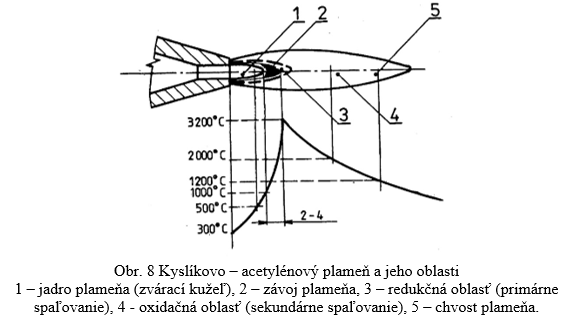
V plameni vznikajú nasledujúce exotermické primárne a sekundárne chemické reakcie.
Primárne horenie zmesi acetylénu a kyslíka
C2H2 + O2 = 2CO + H2 + 21134,2 kJ.m-3 (4.4)
Primárna fáza horenia – tzv. nedokonalé spaľovanie. Prebieha tesne okolo povrchu kužeľového jadra plameňa. Do vzdialenosti 10mm od vrcholu jadra je oblasť plameňa s nepriaznivým redukčným účinkom na zvarový kúpeľ. Táto redukčná oblasť ochraňuje zvarový kúpeľ pred vzdušným kyslíkom.
Sekundárne chemické reakcie s okolitým prostredím, ktoré vytvárajú vonkajšiu oblasť plameňa:
CO + ½ O2 + 2N2 = CO2 + 2N2 + Q (4.5)
H2 + ½ O2 + 2N2 = H2O + 2N2 + Q (4.6)
C + ½ O2 + 2N2 = CO + 2N2 + Q (4.7)
Všetky tieto reakcie sú exotermické.
Sekundárna fáza horenia – dokonalé spaľovanie. Obklopuje redukčnú oblasť plameňa. Na spálenie splodín z tejto oblasti si priberá potrebný kyslík z okolitej atmosféry. Označuje sa aj ako oxidačná oblasť plameňa. Tvorí chvost plameňa a má na zvarový kúpeľ okysličujúci účinok.
4.5.1 Druhy kyslíkovo-acetylénového plameňa
Kyslíkovo – acetylénový plameň rozdeľujeme podľa dvoch základných hľadísk:
- podľa pomeru miešania plynov, resp. podľa množstva O2 a C2H2 v zmesi
- podľa výstupnej rýchlosti zmesi O2 a C2H2 z horáka
Podľa pomeru miešania plynov:
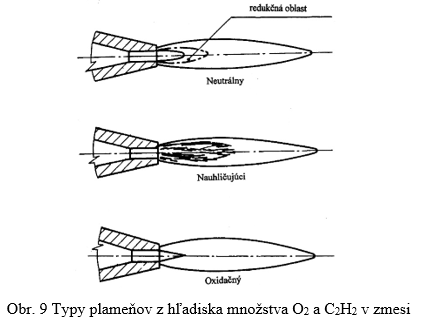
Neutrálny plameň – má pomer miešania plynov O2:C2H2 1-1,2 : 1. Zvárací kužeľ je ostro ohraničený so zaobleným koncom. Jeho použitie je najrozšírenejšie pre bežné zváranie. Nemení chemické zloženie zvarového kovu.
Redukčný (nauhličujúci) plameň – s prebytkom acetylénu, zvárací kužeľ je zakrytý bielym závojom. Dĺžka závoja závisí od prebytku acetylénu. Plameň nauhličuje zvarový kov. Zvar je krehký, tvrdý a pórovitý. Používa sa na zváranie hliníka, horčíka a ich zliatin, taktiež sa používa na naváranie tvrdých kovov a na cementovanie.
Oxidačný plameň – s prebytkom kyslíka, zvárací kužeľ je kratší a podľa prebytku kyslíka sa zafarbuje do modrofialova. Prebytočný kyslík spaľuje už oxid uhoľnatý na oxid uhličitý a redukčná oblasť sa zmenšuje, až sa úplne stratí a plameň sa stáva oxidačným. Používa sa na zváranie mosadze a niektorých bronzov.
Podľa výstupnej rýchlosti plameňa:
Mäkký - výstupná rýchlosť 70 – 100m.s-1, je nestabilný, náchylný k spätnému šľahnutiu, používa sa minimálne.
Stredný - výstupná rýchlosť 100 – 120m.s-1, je stabilný, má primeraný dynamický účinok, zaručuje dobrú akosť zvaru a dostatočný výkon.
Ostrý - výstupná rýchlosť > 120m.s-1, má veľký dynamický účinok plameňa na zvarový kúpeľ a zväčšenie tepelného ovplyvnenia. Vyšší výkon pri zváraní je na úkor akosti zvaru.
4.5.2 Spôsoby zvárania plameňom
Podľa spôsobu vedenia horáka a prídavného materiálu v závislosti od smeru zvárania rozlišujeme:
- zváranie dopredu (ľavosmerné) obr. 10
- zváranie dozadu (pravosmerné) obr. 11
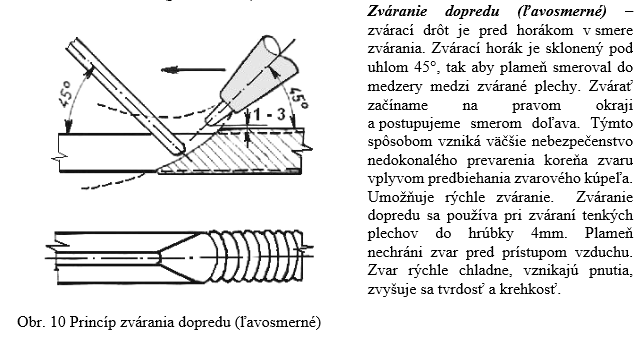
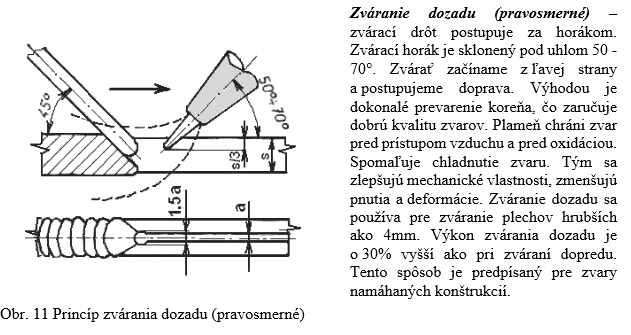
Príprava zvarových plôch pre zváranie plameňom
Na kvalitu zvarových spojov má v nemalej miere vplyv aj predúprava zvarových plôch. Príprava predpokladá očistenie povrchu v mieste zvárania a vhodnú úpravu zvarových plôch v závislosti od hrúbky materiálu. Očistenie zvarových plôch sa realizuje mechanickými, a chemickými spôsobmi.
Prípravu zvarových plôch predpisuje STN EN ISO 9692-1.
Prídavné materiály pre zváranie plameňom sú definované podľa STN EN 12536
Pre zváranie plameňom sa používajú prídavné materiály vo forme drôtu dodávaného v kotúčoch alebo tyčkách metrovej dĺžky s priemerom f 1,6; 2; 2,5; 3,15; 4; 5, 6 a 8 mm.
Priemer prídavného drôtu závisí od hrúbky zváraného základného materiálu.
Prídavný materiál sa označuje napr. : drôt EN 12536 – O III
O = označenie drôtov pre zváranie plameňom
III = symbol pre chemické zloženie drôtu / od I po VI /








